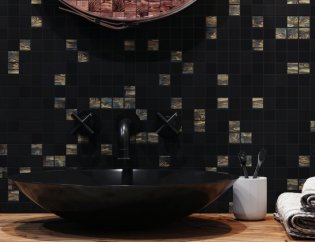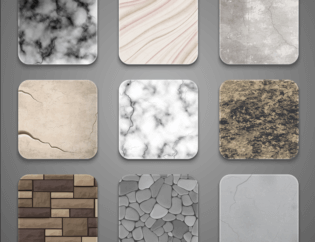
Differences Between Floor Screed and Concrete
For people new to the construction industry, it is hard for them to identify or understand the difference between floor screeds and concrete as both materials are made up of the same ingredient: water, cement, and aggregates. Even the introductory chemistry of screed and concrete is also the same.
Concrete
Water and cement together form a paste used to coat the aggregates or sand. The process by which cement paste hardens is known as hydration. It results in creating a hardened mass of durability and high strength.
But the size aggregates used in the cement and screeds are different; the grade of the concrete used in the process is also different. The consistency of mix and finish of both materials are different as both are designed for particular purposes.
Utility of concrete
- Concrete has a coarser mixture than screed and comprises hardcore aggregates compared to screed, which are the key elements that add to its durability and make it long-lasting and robust.
- Concrete has the potential to hit a high strength; that's why it is widely used in the construction industry for structural purposes, primarily floor slabs. At present, concrete is the most used synthetic material on the earth.
Screed
On the other hand, screed forms a smooth mix that comprises fewer aggregates than concrete.
Utility of Screed
- Screed is used on the top of the concrete slab and to lay the finishing layer on the inner side of the floor or to the floor level before final covering like tiles, carpet, natural stone, wood flooring, resin coatings, linoleum, etc.
- Screed is mainly used when the functional floor is required other than the bare concrete flooring. Robust screed is used for industrial or commercial purposes where footfalls are high compared to residential settings.
- The most common use of screed is seen in the internal purpose, for covering the heating systems, thermal insulation, or acoustic. For the external location, polymer-modified screeds are used, as they are water-resistant, hardwearing, and able to withstand rigorous environments.
What is the reason behind the improved screed and kits available in the market?
Traditionally screeds are the mixture of cement and sand blended and applied on the site. But they are sometimes unpredictable as the properties and ratios can't be determined, eventually resulting in the weak flooring layer that can peel, collapse or crack without further warning.
To overcome the unreliability factor, several proprietary screeds and kits are available. Zorich series floor screed is prominent among all. It is made up of a graded size molecule structure; it offers additional strength to the surface and floor. The products related to this series react more predictably with the faster application.
Zeorich Base floor screed is eco-friendly, lightweight, non-water curing, quick-drying, high strength, shrinkage-less, the mineral-based binder in powder form made from natural material to create a stable base of screed before fixing of any kind of tiles, stone, or other coverings such as carpet, wooden flooring, coatings, etc.
Binder for Underlay Screed for tiles, stone & other covering.
Surface Preparation for Floor Screed:
- Ensure that the concrete surface is sound, strong, clean, and free from all foreign material such as oil, grease, dust, etc.
- Before applying the products on extremely dry or hot surfaces, splash sufficient water to reduce the shock and surface temperature. Let it surface dry. In normal course too, splash the water to regulate the surface absorption.
- For dispersing the movement & stresses caused by expansion between concrete walls & floor, use a separator at all corners by using 5mm. thick and 4-inch-wide un-bonded polyethene foam sheet or similar kind of material.
- The expansion joint in concrete must be followed. In case of a large area of tiling, movement joint in a base mortar must be designed at every 3-meter along-with tiling.
- In the case of un-bonded mortar is required, first fix the 1 mm. thick polythene film on the concrete floor then spread the mortar in a thickness of 50 mm. or more and follow the tiling process.








